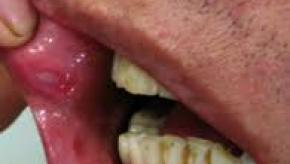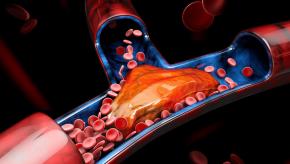All News
Vitamin D and Lupus Outcomes (11.21.2025)
Dr. Jack Cush reviews the news and journal reports from this past week on RheumNow.com.
Read ArticleOrgan Involvement with Behçet’s
A review of patient data from the International AutoInflammatory Disease Alliance (AIDA) Network registry identifying those with mucocutaneous Behçet’s disease (BD) may progres to major organ involvement (MOI)m especially at later stages.
Read ArticleA New Disease Activity Score for Antiphospholipid Syndrome?
d
EurekAlert!
APS is a systemic autoimmune disorder. It is characterised by the presence of antiphospholipid antibodies and a broad spectrum of clinical features, causing obstetric as well as thrombotic, microvascular and non-thrombotic (TMN) symptoms.
Read Article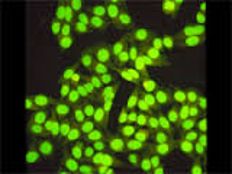
Retrospective cohort study adult RA patients shows that TRIPLE Positivity (RF + /ACPA + /ANA +) was consistently associated with higher disease activity at baseline and 12 months of follow-up and lower rates of sustained remission compared to RF + /ACPA + /ANA- https://t.co/l2TQDShFYi
Dr. John Cush RheumNow ( View Tweet)

Did you miss RheumNow Live 2025? 👀
Don’t make the same mistake twice.
🔥 RNL 2026 Early Bird Registration is LIVE — now through Dec 1.
Where clinical science meets real-world rheum talk.
🎟️ https://t.co/zYYC2350tE https://t.co/uZUlqScSm5
Links:
Dr. John Cush RheumNow ( View Tweet)
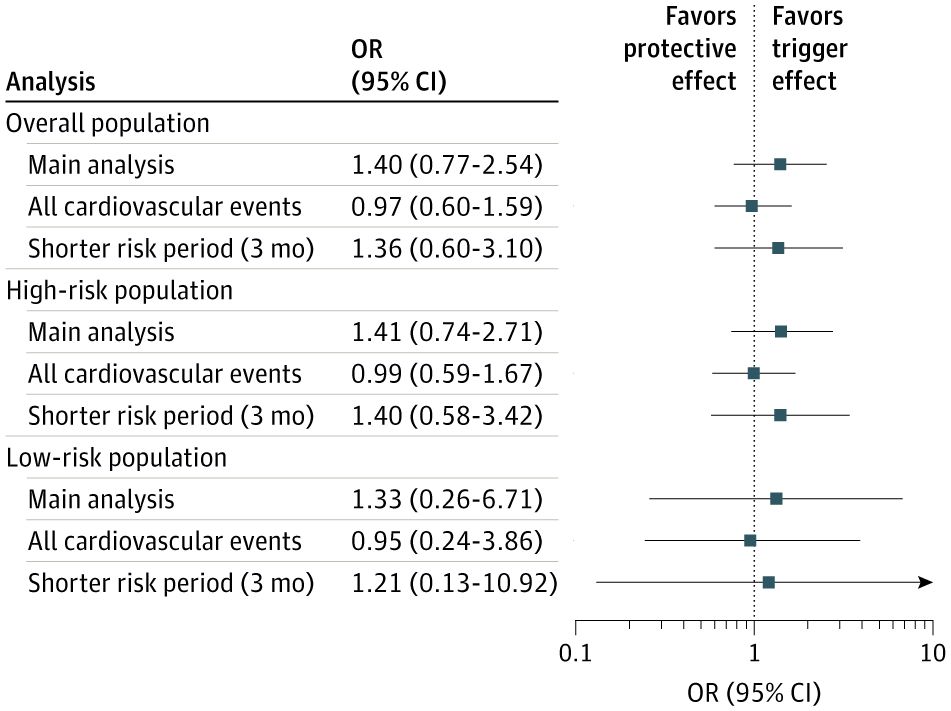
No risk of MACE seen w/ initiation of IL-17(R)A inhib. French study of 34 241 ipts Rx IL-17(R)Ai and 381 MACEs. MACE risk was not elevated (OR, 1.25 [95% CI, 0.75-2.08] vs TNF-α inhibitors. https://t.co/WcjgRhr8mj https://t.co/Gp54eLlXSI
Dr. John Cush RheumNow ( View Tweet)

A JAKi in GCA: 2-year efficacy and safety results in a Phase 3 study
Discover how continued treatment with a JAKi impacted disease remission and steroid use. Sponsored by AbbVie Medical Affairs + Health Impact.
https://t.co/Tm8m43ZXBM https://t.co/9wkIZ9e0Gt
Dr. John Cush RheumNow ( View Tweet)
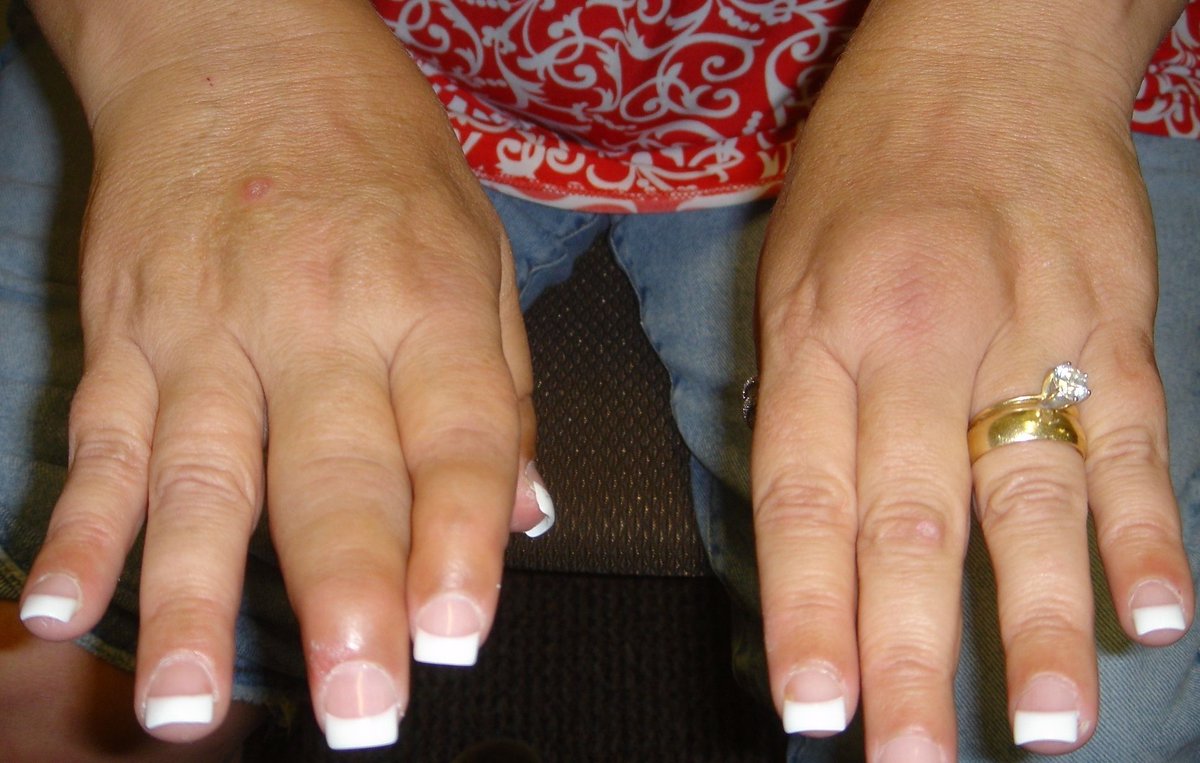
APEX Study: Inhibition of structural damage progression with Guselkumab in PsA
Guselkumab, a human IL-23 inhibitor, was evaluated in patients with active PsA and shown to have both clinical and radiographic benefits at weeks 24 and 48.
https://t.co/iNEziysnVZ https://t.co/XgFGFfGf3b
Dr. John Cush RheumNow ( View Tweet)

Pulse Steroids and Mycophenolate in Juvenile Dermatomyositis
JAMA Dermatology has published a pilot study demonstrating the safety and efficacy of intermittent intravenous methylprednisolone pulse (IVMP) therapy plus mycophenolate in 28 patients with JDM. https://t.co/i2HBycbWY9
Dr. John Cush RheumNow ( View Tweet)

Rheumatology Supply and Demand (2009 - 2024)
A retrospective review of US rheumatology manpower and training from 2009- ‘24 shows that US rheumatology training has become competitive, with an increasing surplus of applicants compared to available training positions. https://t.co/2yWZt8eeEJ
Dr. John Cush RheumNow ( View Tweet)
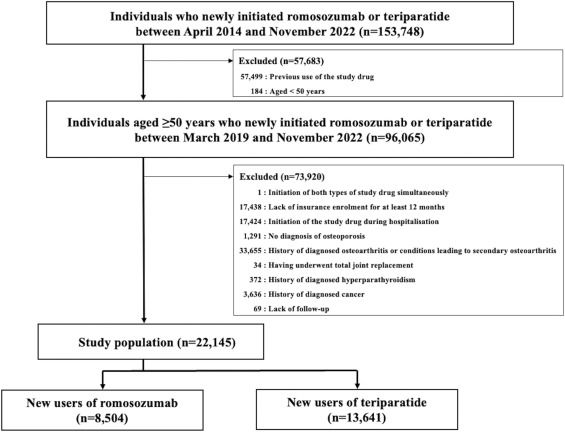
Target emulation trial of 12,145 Pts (87% female; age 80 yrs), shows that compared to teriparatide, Rx w/ romosozumab was assoc w/ significantly lower risk of osteoarthritis (RR 0.79); especially for knee OA (0.79). https://t.co/nEdENoNae7 https://t.co/JiyRd6ThXu
Dr. John Cush RheumNow ( View Tweet)

Cochrane review & metanalysis of Colchicine & CV outcomes. 12 studies, 22,983 prt (11,524 on colchicine). Good evidence colchicine signif. reduces the risk of MI (RR 0.74), stroke (RR 0.67), but does not incr serious adverse events (RR 0.98), but causes GI AEs (RR 1.68) https://t.co/wqOtGLdxep
Dr. John Cush RheumNow ( View Tweet)

Study of 489,569 UK Biobank participants (40 to 69yrs) betw 2006–2010 showed incident RA in 5404. Having self reported eating disorders (anorexia nervosa, bulimia, etc) was associated with a higher risk of developing RA (ad HR 1.76; 1.12–2.76), moreso in men (HR 5.09). https://t.co/GPV3YoE3kt
Dr. John Cush RheumNow ( View Tweet)
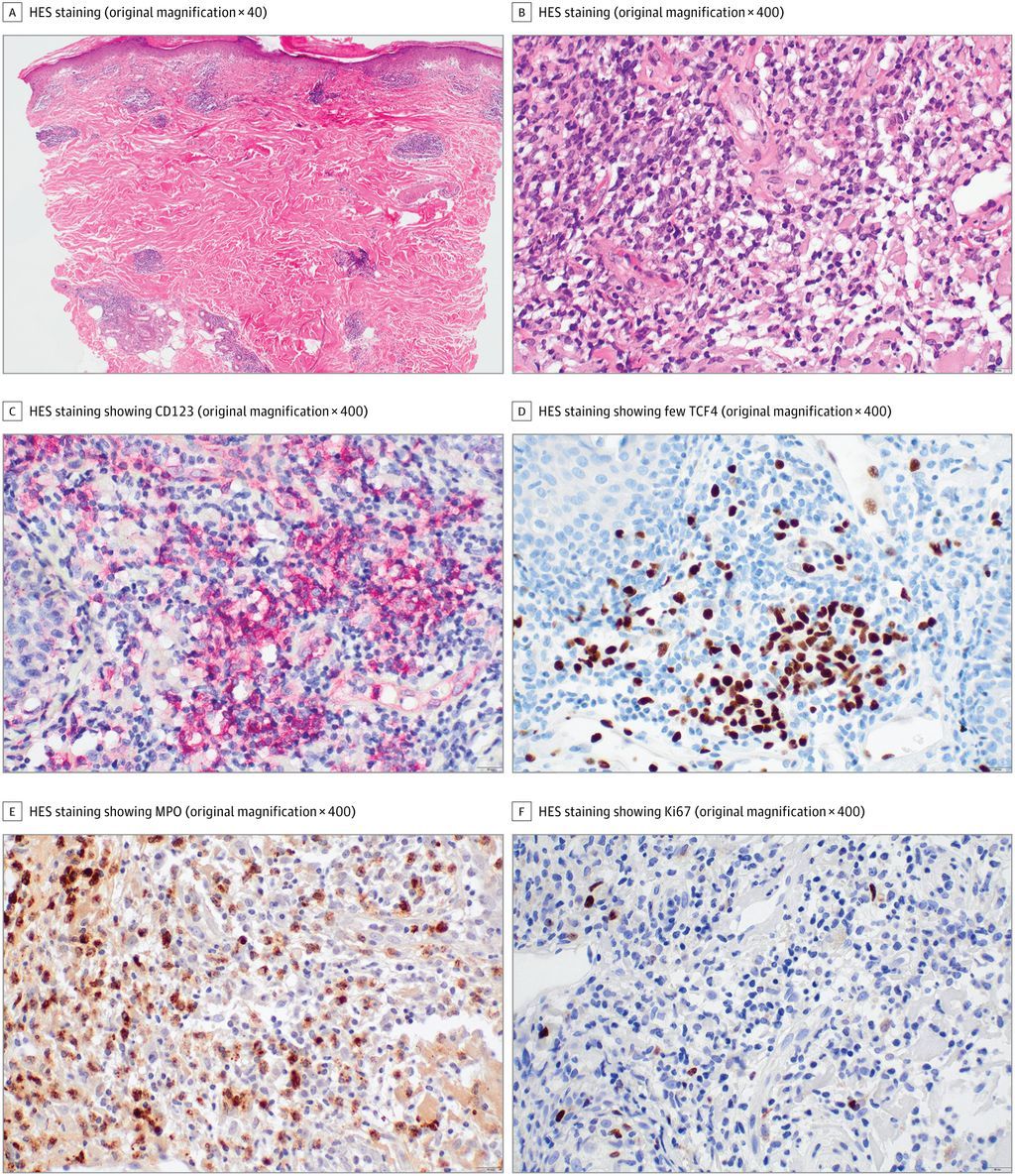
Myelodysplastic & chr myelomonocytic leukemia pts rarely get lupus. Review of 19 w/ SLE & 5 w/ CLE; these were older (65 yrs), more male (15M/9F), w/ less renal [10%] & articular [36%] Dz w/ less dsDNA [32%]. Thought to be clonal inflammatory, & not autoinflammatory, process. https://t.co/EAvkJm6GQs
Dr. John Cush RheumNow ( View Tweet)

ACR Applauds Bipartisan Support for Prior Authorization Reform Bill
The ACR commended the more than 295 bipartisan, bicameral cosponsors of The Improving Seniors’ Timely Access to Care Act, which, if enacted, would reform the prior authorization process for Medicare Advantage https://t.co/n0MKkSqRwO
Dr. John Cush RheumNow ( View Tweet)

RheumNow Live 2026
Rheumatologists don’t just attend #RheumNowLive — they shape it.
Join the conversation that defines our field.
🕓 Early Bird registration open through 12/1
👉 https://t.co/zYYC2350tE
#RheumTwitter #Rheumatology #CME #RNL2026 #MedTwitter #HCPcommunity https://t.co/ejOB2WmOiv
Links:
Dr. John Cush RheumNow ( View Tweet)

25-Hydroxyvitamin D levels and Lupus Outcomes
Lupus patients entering a prospective cohort study with low vitamin D levels faced doubled all-cause mortality risk and tripled risk for major cardiovascular events during follow-up averaging 6 years, researchers said. https://t.co/4nhACulIw0
Dr. John Cush RheumNow ( View Tweet)

Serious infections w/ adalimumab. Marketscan MarketScan claims study (1/17-12/20) of ADA Rx in Hidradenitis Supprativa (n 1650) or psoriasis(8699). Risk of SIE & hospitalization greater w/ HS (HR 1.53); esp for sepsis & GU infxn https://t.co/2qa7O2v6fm
Dr. John Cush RheumNow ( View Tweet)
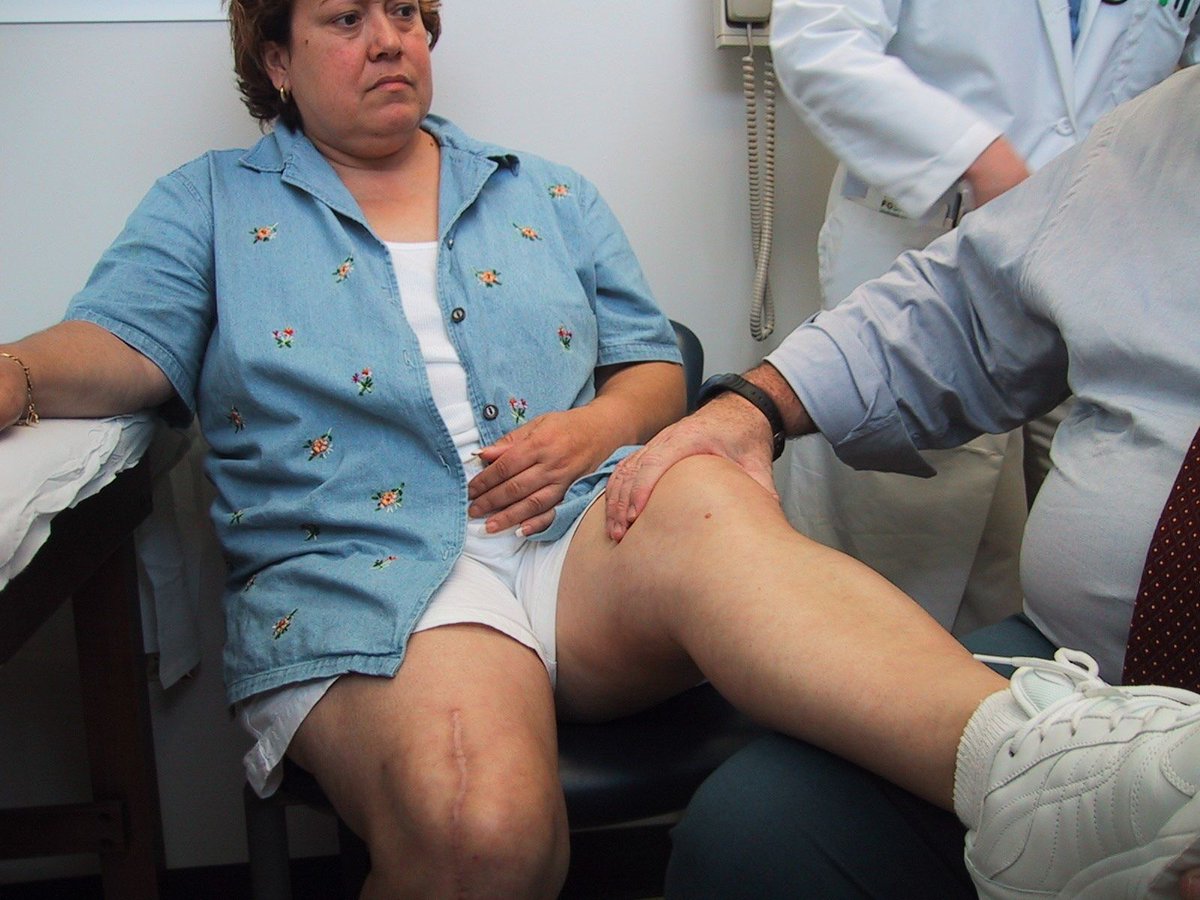
Seeking Musculoskeletal Care
A report entitled The Burden of Musculoskeletal Diseases in the United States (BMUS) was published by the USBJD with input from rheumatology, orthopedic surgery, physical medicine and rehabilitation regarding musculoskeletal care. https://t.co/KGYHrQYADE
Dr. John Cush RheumNow ( View Tweet)
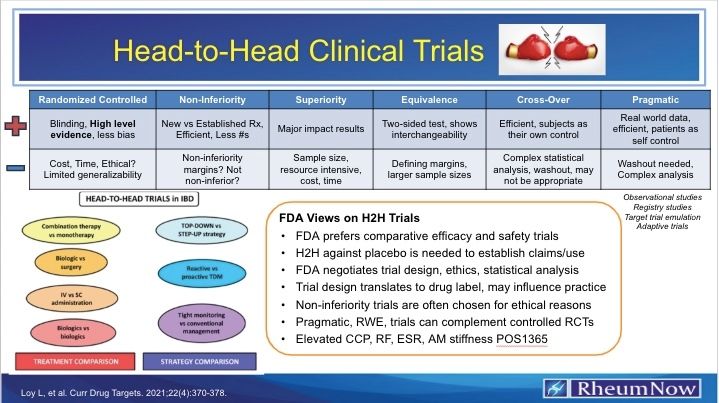
ICYMI: Head-to-Head Clinical Trials
https://t.co/LpvqQRP06b https://t.co/YkXYvUuJWx
Dr. John Cush RheumNow ( View Tweet)



